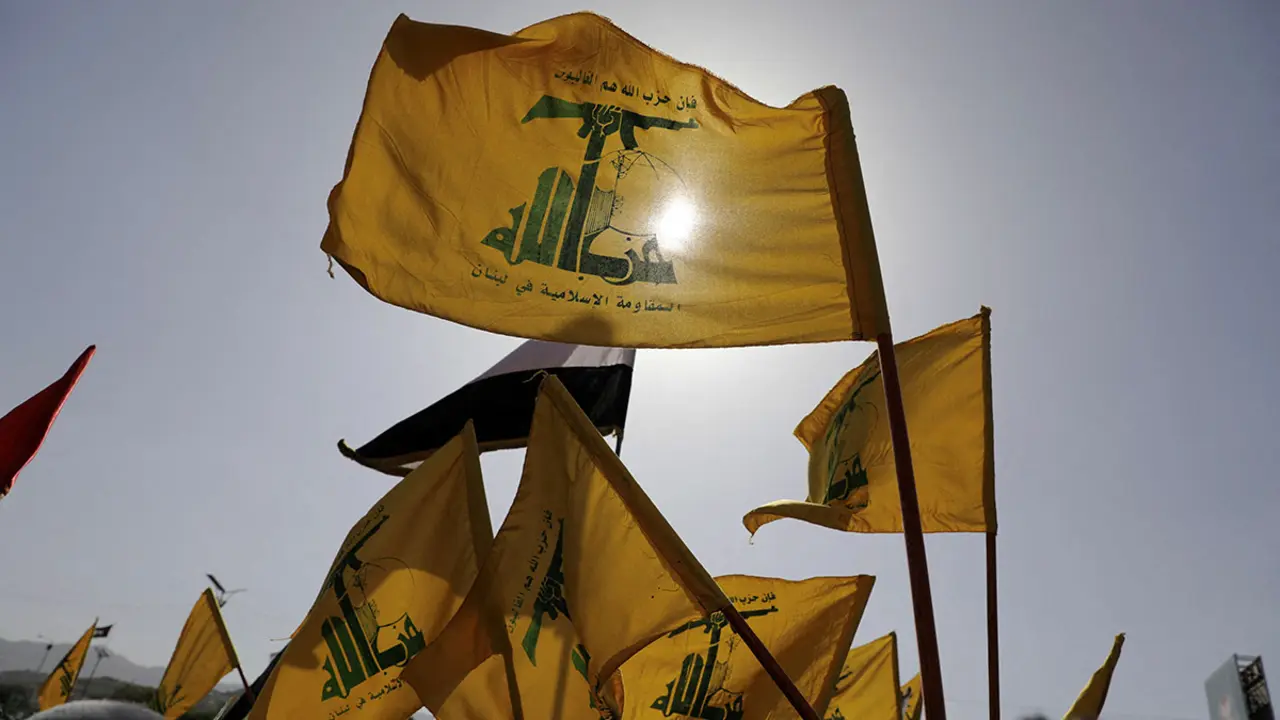Kinzhal hypersonic missiles, Russia's new weapon against Ukraine's air defences

Russia's invasion of Ukraine has reportedly entered a second phase, according to the latest UK Ministry of Defence assessment. In this new phase, Russia, which, according to British reports, "has been forced to change its strategy", would begin to develop what London has called a war of "attrition".
Therefore, this new phase, as the reports explain, will involve 'reckless and indiscriminate use of firepower', which will in turn lead to 'increased civilian casualties, destruction of Ukrainian infrastructure and an intensification of the humanitarian crisis'.

For this second stage of the war, and in order to achieve its objectives, the Kremlin has begun using a new weapon that will be key to the conflict: the Kinzhal hypersonic missiles, superior to conventional weapons.
These missiles, capable of travelling at 10 times the speed of sound and reaching targets 2,000 kilometres away, pose a major challenge to Ukraine's air defences. Moscow used them for the first time during its military operation in Syria in 2016.

Comparing them to other similar weapons, The Independent notes that the US Tomahawk cruise missile can travel about 885 kilometres per hour, while the Kinzhal reaches 12,347 km/h.
Kinzhal - Russian for dagger - are difficult for defence systems to detect, while their sensors help to pinpoint points more accurately. In addition, the damage they cause is much greater than that caused by conventional missiles. This type of missile can be launched from Tu-22M3 bombers or MiG-31K fighters. The Kinzhal can also be equipped with a nuclear payload.

So far, the Russian Defence Ministry has confirmed its use on two occasions during the war in Ukraine. First, on Saturday to destroy an underground ammunition and missile depot in Delyatyn in western Ukraine, close to the Romanian border and therefore close to NATO space. They later used these missiles to attack a fuel storage site, this time in the south of the country.
#Russian MOD showed footage of the destruction of an underground hangar with armament of the Armed Forces of #Ukraine by "Kinzhal" missile pic.twitter.com/Z4YOHE4RKv
— Middle East Update (@islamicworldupd) March 19, 2022
"Kinzhal aviation missile systems with hypersonic ballistic missiles destroyed a large fuel and lubricant storage site of the Ukrainian armed forces near the settlement of Kostyantynivka in the Mykolaiv region," announced ministry spokesman Igor Konashenkov, who also confirmed the launch of Kalibr cruise missiles from the waters of the Black Sea against Nizhyn in the north of the country. The Russian military has also launched attacks against Ukraine from the Caspian Sea.

Russia's hypersonic missiles mark a turning point in the war in Ukraine. US officials have explained to CNN that these launches were "likely" intended to "test the weapons and send a message to the West" about Russian capabilities, something that already occurred last February, when a fighter equipped with the missile was reported in Kaliningrad.
The Kinzhal is part of a suite of weapons unveiled by Russia in 2018 and classified as "invincible". The 'dagger' is joined by Zirkon and Avangrad, which has even greater speed and range.

However, Russia is not alone in possessing such weapons. US reports indicate that China has conducted "hundreds" of hypersonic weapons tests between 2016 and 2021. Indeed, in October last year, Mark Milley, chairman of the US Joint Chiefs of Staff, described a Beijing test of hypersonic weapons as "very troubling".
North Korea also claims to have successfully tested two hypersonic missiles so far this year, one on 5 January and another on 11 January, according to the Korean Central News Agency.

On the other hand, countries such as the UK, France and Iran are working on the development of this type of missile.








